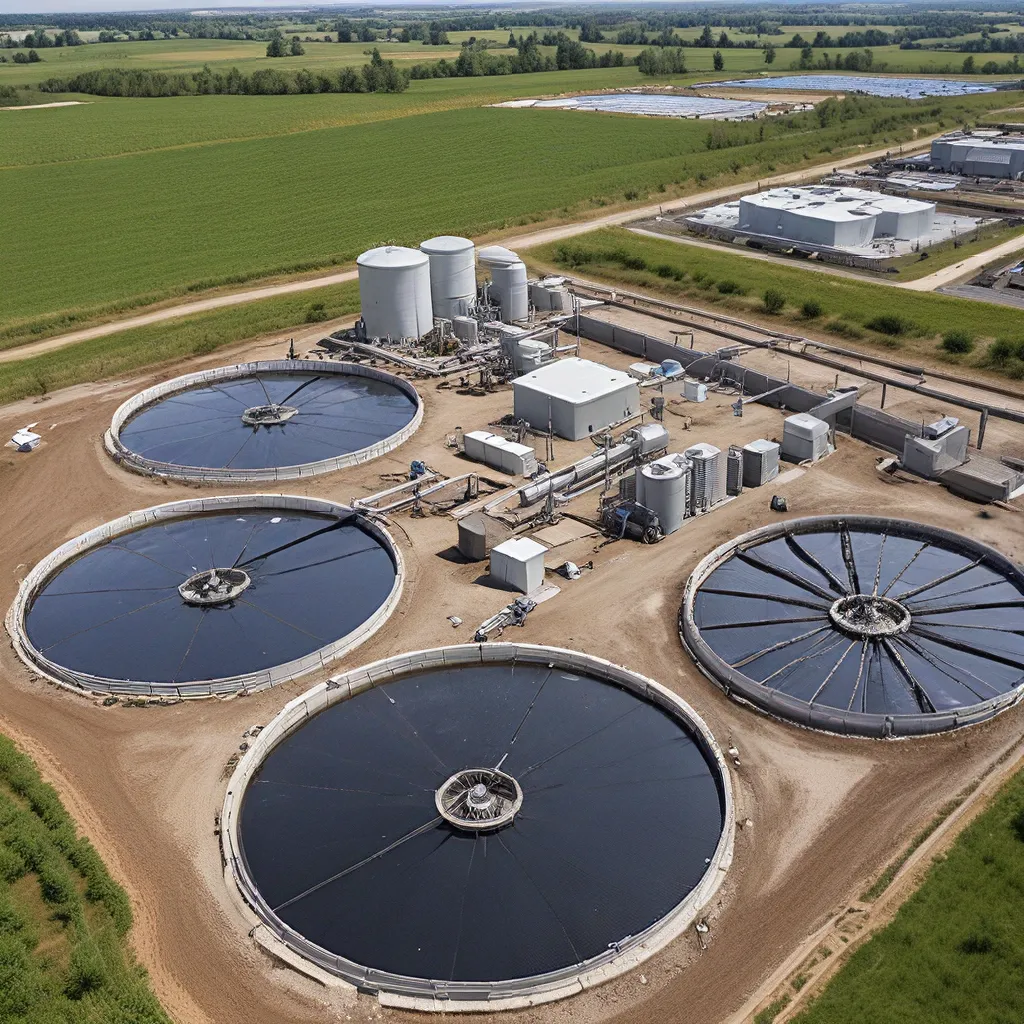
As an environmental enthusiast, I’ve been fascinated by the incredible potential of waste-to-energy technologies. Just imagine – we can take our everyday waste and transform it into clean, renewable power! It’s like turning trash into treasure, and I’m eager to share this captivating story with you.
The Waste Crisis and the Rise of Renewable Energy
Our modern world generates a staggering amount of waste, and a significant portion of it ends up in landfills or incinerators. These traditional waste management methods can have disastrous environmental consequences, disrupting the natural landscape and releasing potent greenhouse gases like methane. But what if we could harness this waste and convert it into something useful?
Enter the world of renewable energy. Solar, wind, and hydroelectric power have been making headlines as game-changers in the fight against climate change. But there’s another renewable source that’s quietly gaining momentum – biogas derived from the anaerobic digestion of organic waste.
Turning Waste into Renewable Energy
The process of converting waste into energy is nothing short of ingenious. It starts with pre-treatment, where mechanical sorting and size reduction prepare the waste for further processing. This crucial step helps remove hazardous substances and isolate valuable materials like plastics, metals, and paper for recycling.
Next, the organic waste can be fed into an anaerobic digester, a specialized vessel where bacteria break down the material in the absence of oxygen. This process generates a methane-rich biogas that can be used for electricity generation, heating, or even transportation fuels. The remaining nutrient-rich byproduct, known as digestate, can be used as a biofertilizer to enrich the soil.
But the magic doesn’t stop there! Some innovative technologies, like waste-to-energy incineration and gasification, can convert municipal solid waste into electricity and heat, further reducing the burden on landfills.
The Sustainable Frontier: Integrating Waste-to-Energy into the Grid
As exciting as these waste-to-energy technologies are, integrating them into our existing infrastructure poses some unique challenges. The academic community is actively engaged in extensive research to address these hurdles, exploring factors like geographical limitations, technological compatibility, and environmental impacts.
Researchers are also investigating ways to seamlessly integrate waste-derived energy into smart grids, exploring energy storage solutions and grid-balancing strategies. This holistic approach ensures that the renewable energy generated from waste can be efficiently distributed and utilized, further reducing our reliance on fossil fuels.
Empowering Individuals and Communities
While large-scale waste-to-energy facilities are making headlines, there’s also a growing trend towards decentralized, on-site solutions. Companies like Alpha Wastewater are pioneering user-friendly systems that allow individual households and small businesses to take an active role in sustainable waste management.
These compact anaerobic digesters and composting facilities enable people to turn their own organic waste into biogas for cooking and nutrient-rich fertilizer for their gardens. By empowering individuals and communities to manage their waste responsibly, we can reduce the strain on centralized treatment plants and transportation networks, aligning with the principles of a circular economy.
Overcoming Challenges and Embracing Innovation
Of course, the journey towards widespread adoption of waste-to-energy technologies is not without its challenges. Concerns about air quality, noise, and potential health risks have made some communities wary of approving these facilities. Additionally, the high costs associated with building and operating waste-to-energy plants can be a significant barrier.
But the benefits of these innovative solutions are undeniable. By reducing landfill volumes, preventing soil and water pollution, and minimizing greenhouse gas emissions, waste-to-energy technologies offer a path towards a greener and more sustainable future.
The Future of Waste Management: Embracing the Circular Economy
As the world continues to grapple with the waste crisis, the circular economy emerges as a promising solution. This holistic approach emphasizes the reduction, reuse, and recycling of materials, moving away from the traditional linear “take-make-waste” model.
Innovations like chemical recycling and waste-to-materials processes are enabling the recovery of valuable resources from a wider range of waste materials. And as more businesses recognize the economic and environmental benefits of embracing circular principles, they’re leading the charge towards a more sustainable future.
Conclusion: A Transformative Journey Awaits
Whether you’re a homeowner looking to reduce your carbon footprint or a community leader seeking to implement large-scale waste-to-energy solutions, the transformative power of waste-to-energy technology is within our reach.
By harnessing the sun, wind, and biogas, we can unlock a renewable energy future that not only reduces our environmental impact but also empowers individuals and communities to play an active role in shaping a greener world.
The journey ahead may be filled with challenges, but with innovation, collaboration, and a shared commitment to sustainability, I’m confident that we can turn our waste into a valuable resource and pave the way for a cleaner, more resilient tomorrow.
So, are you ready to embark on this transformative journey with me? Let’s dive in and explore the endless possibilities of waste-to-energy technology!